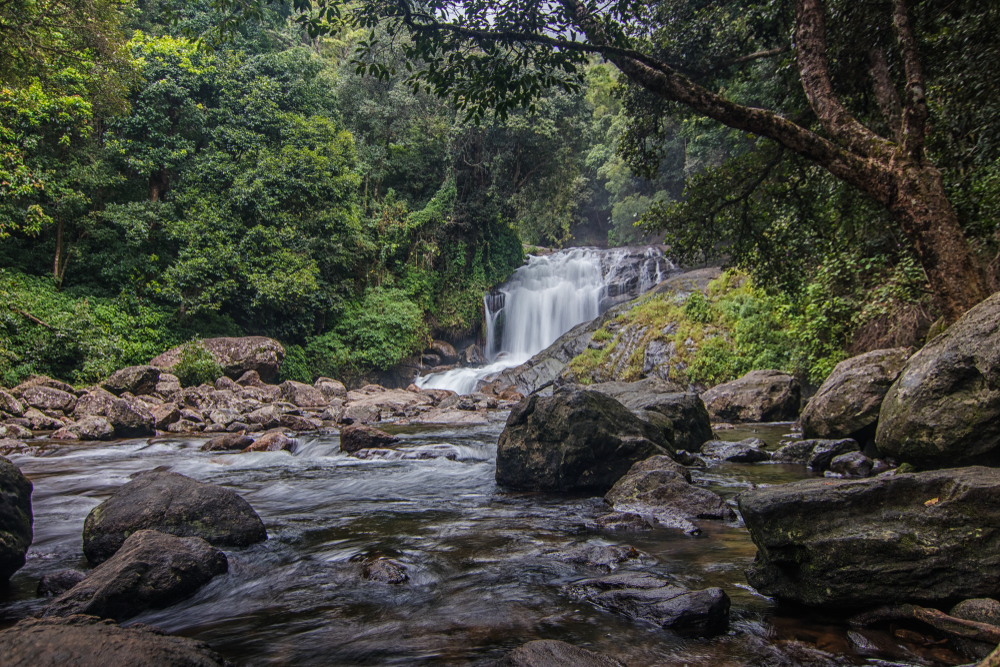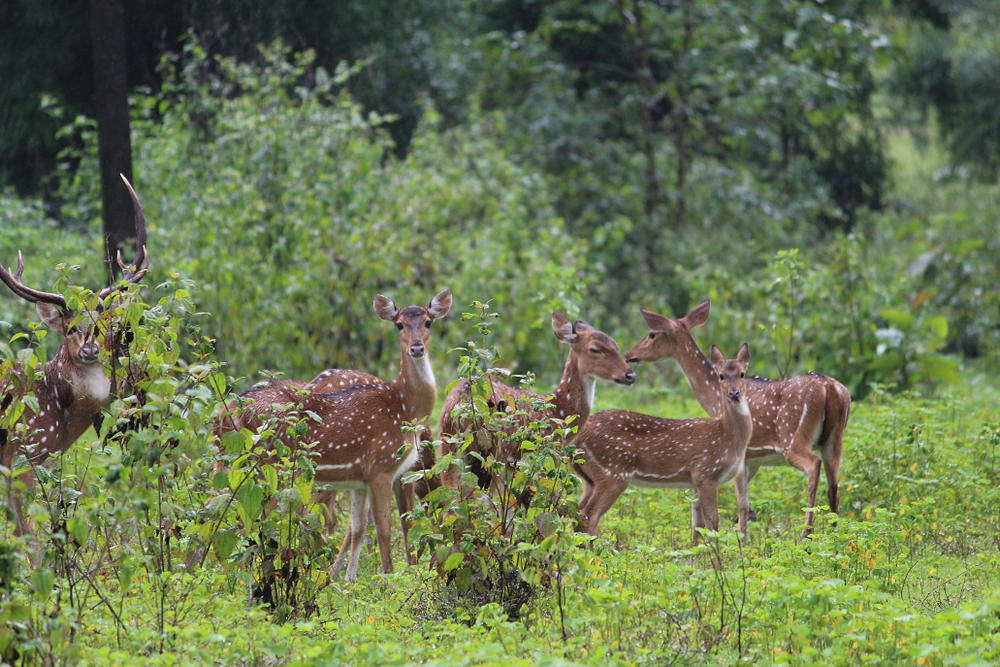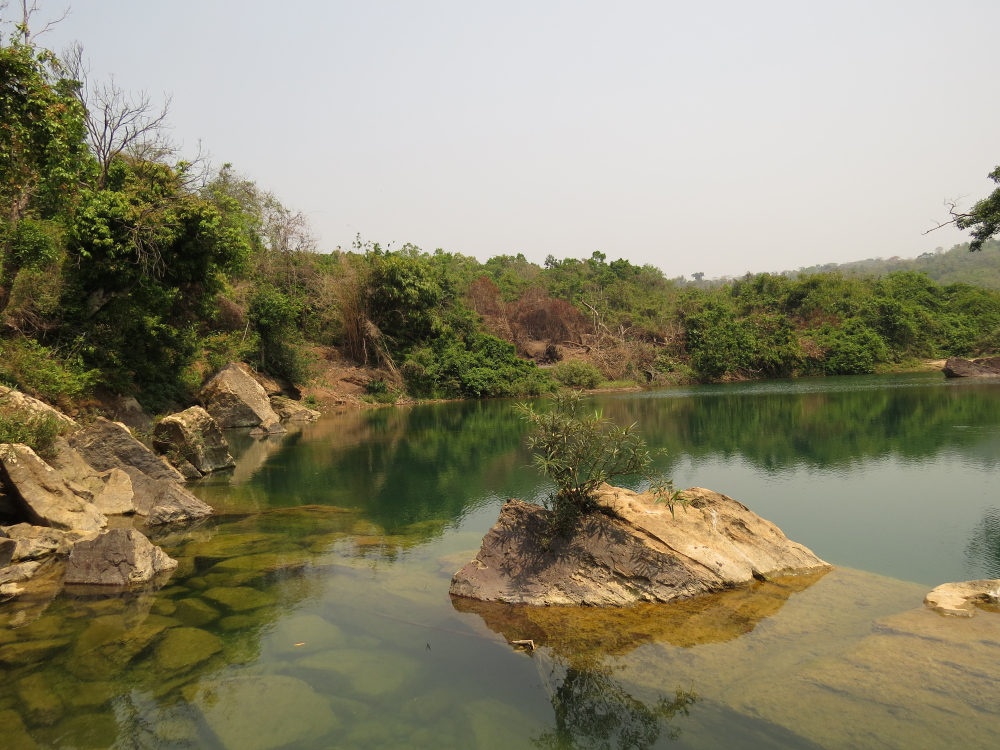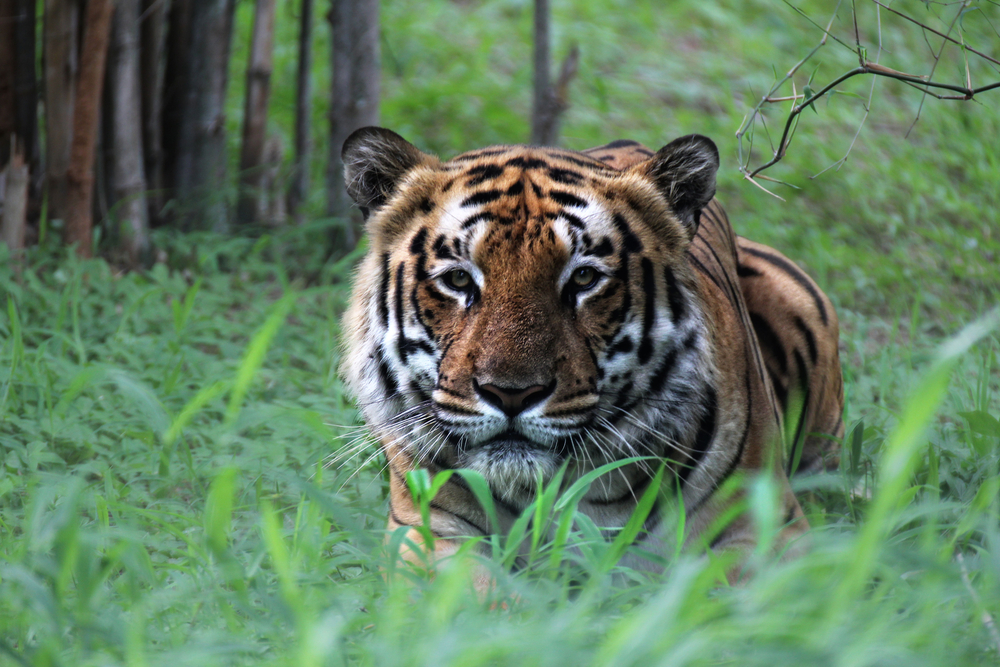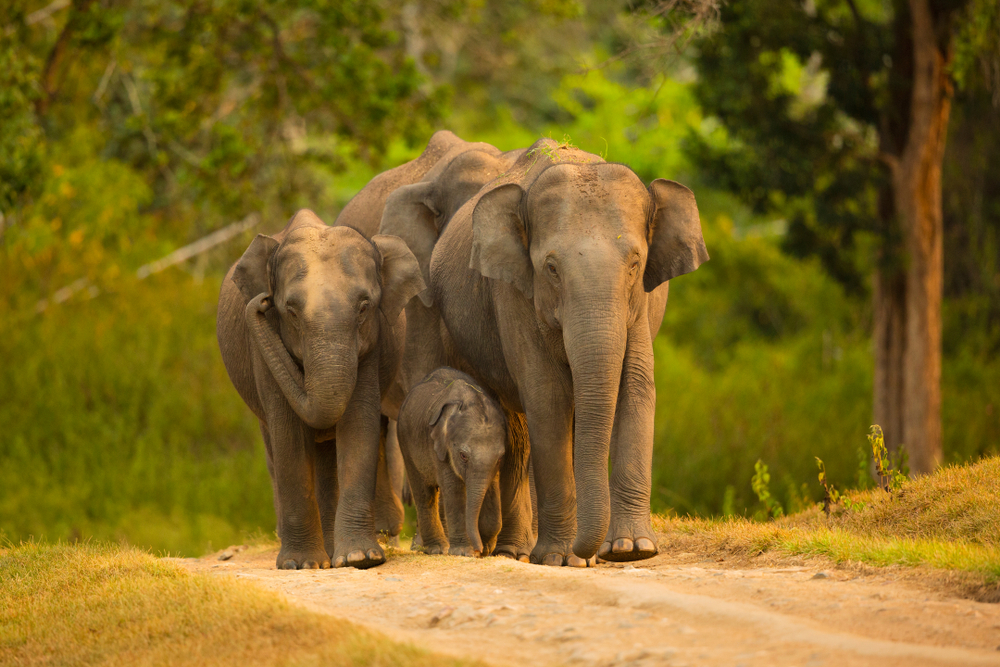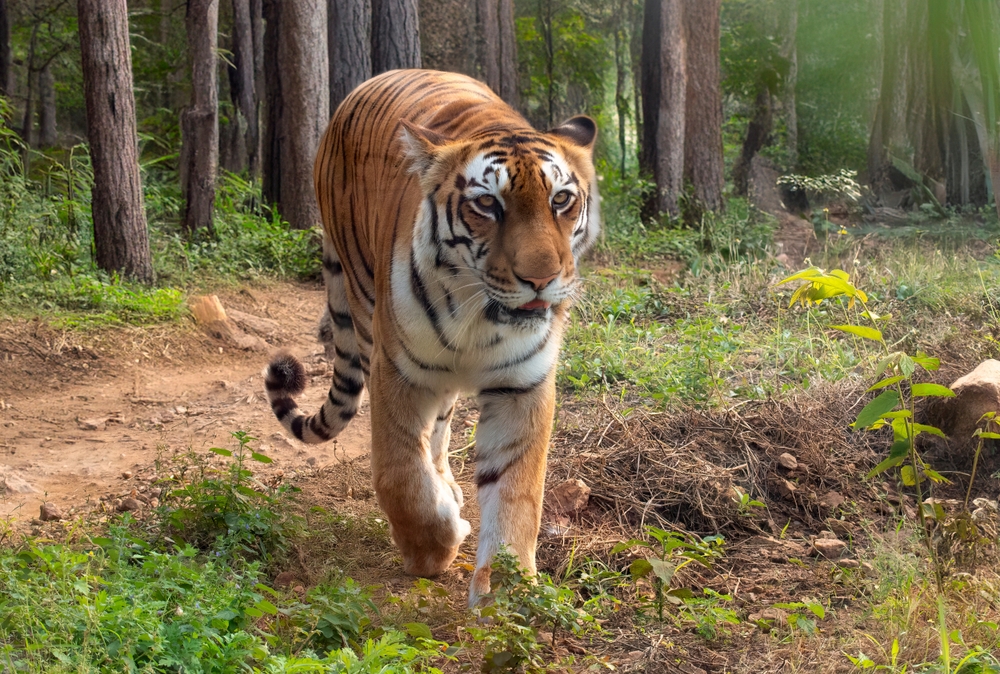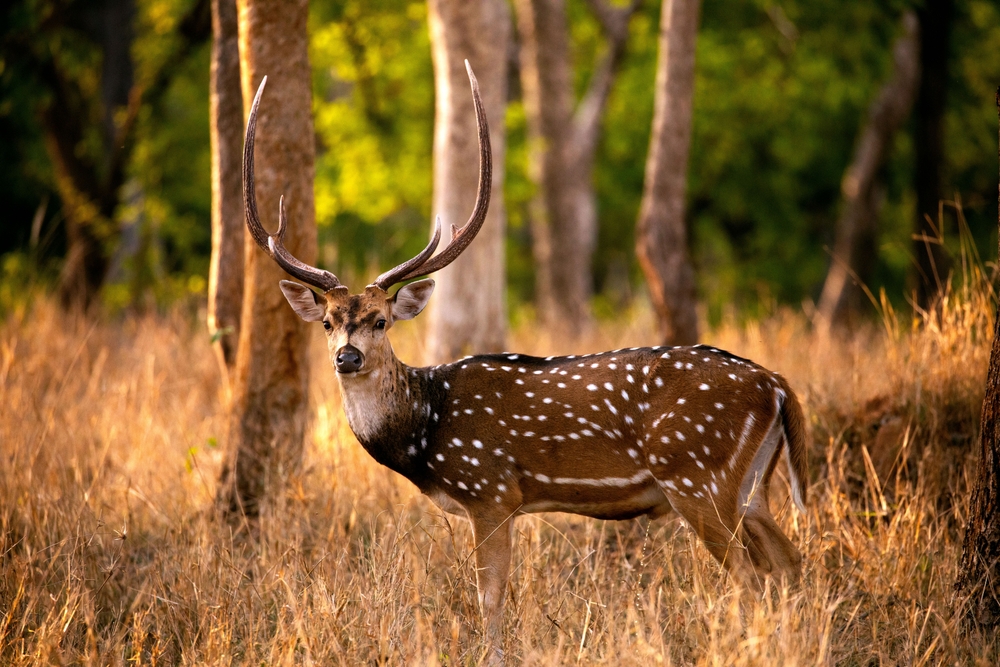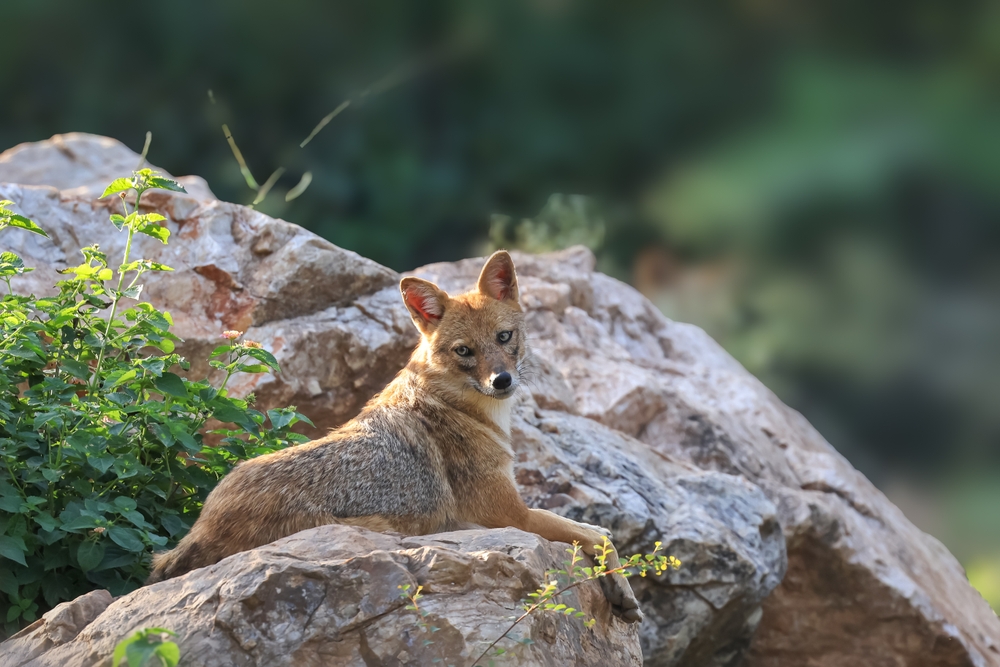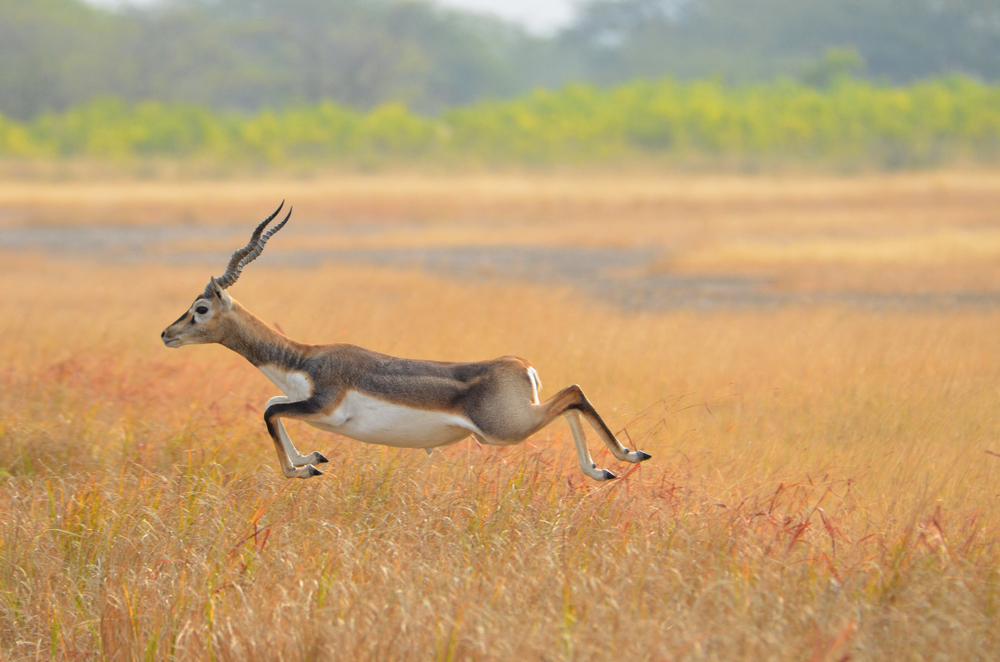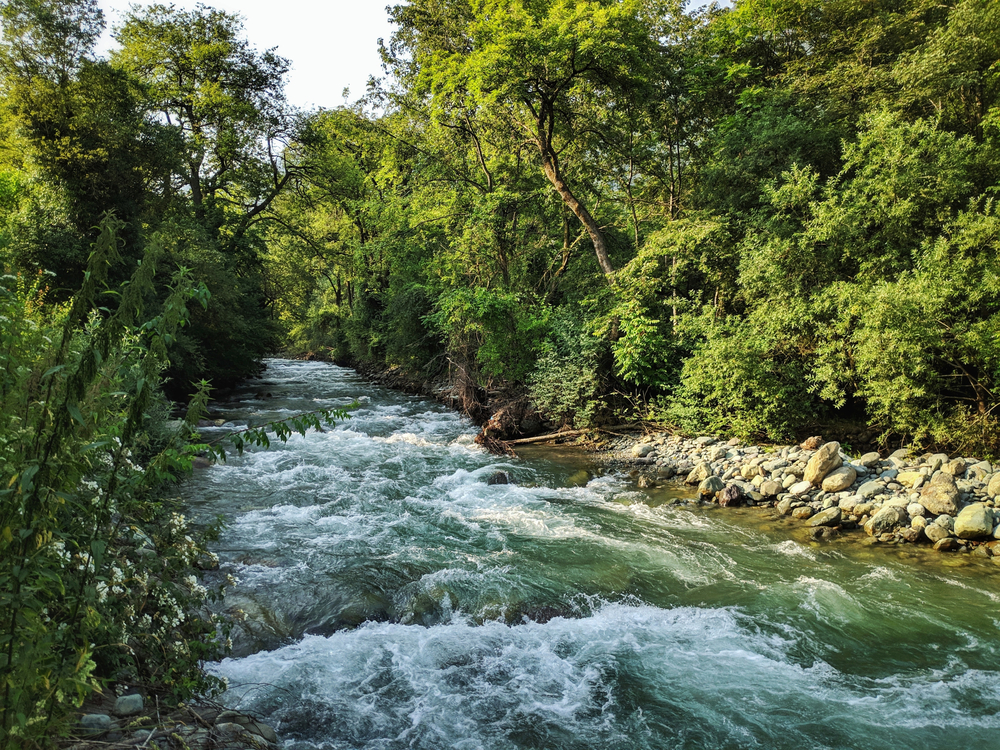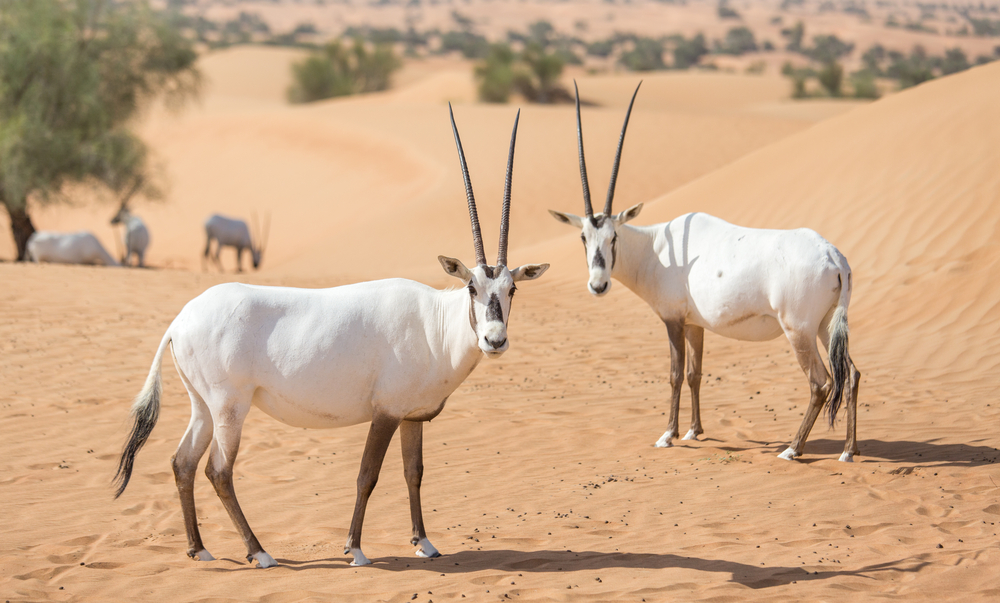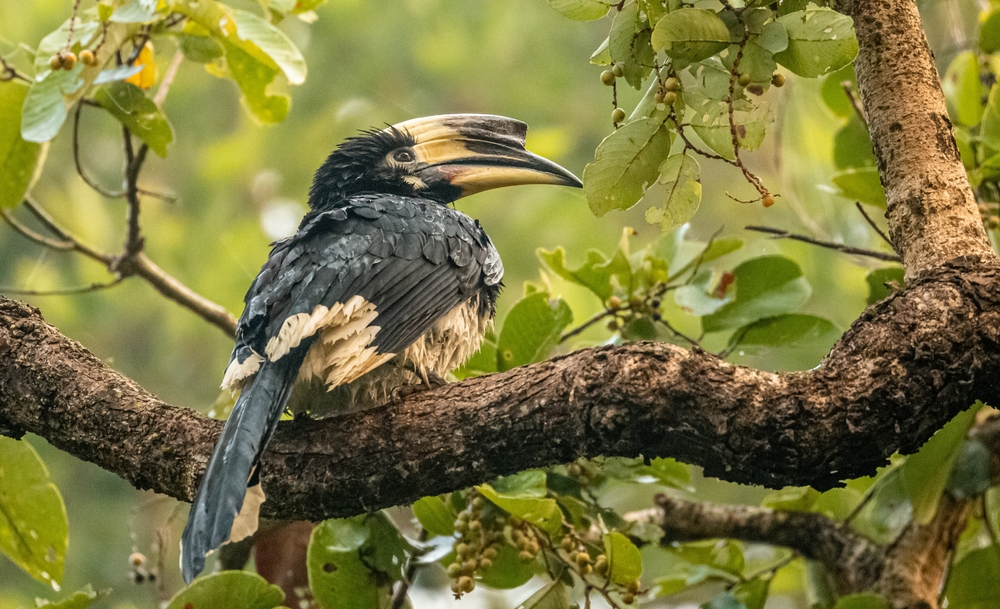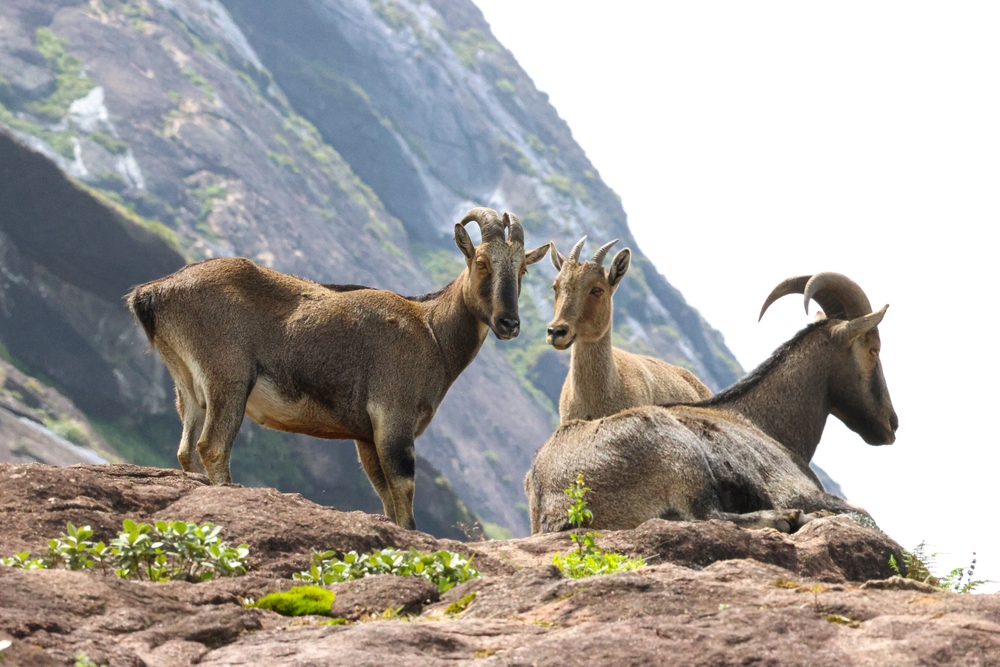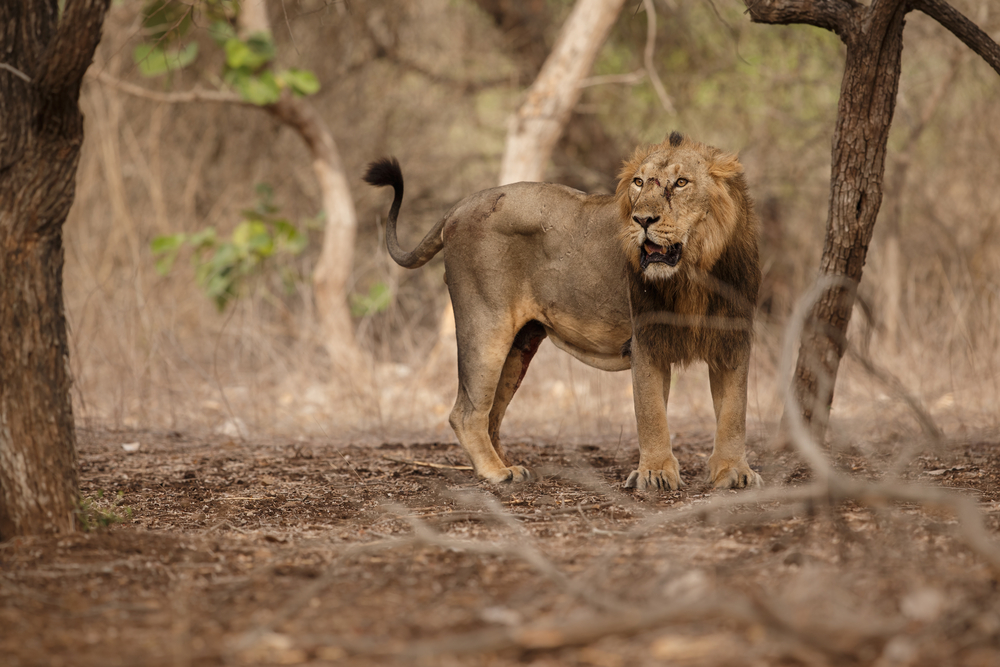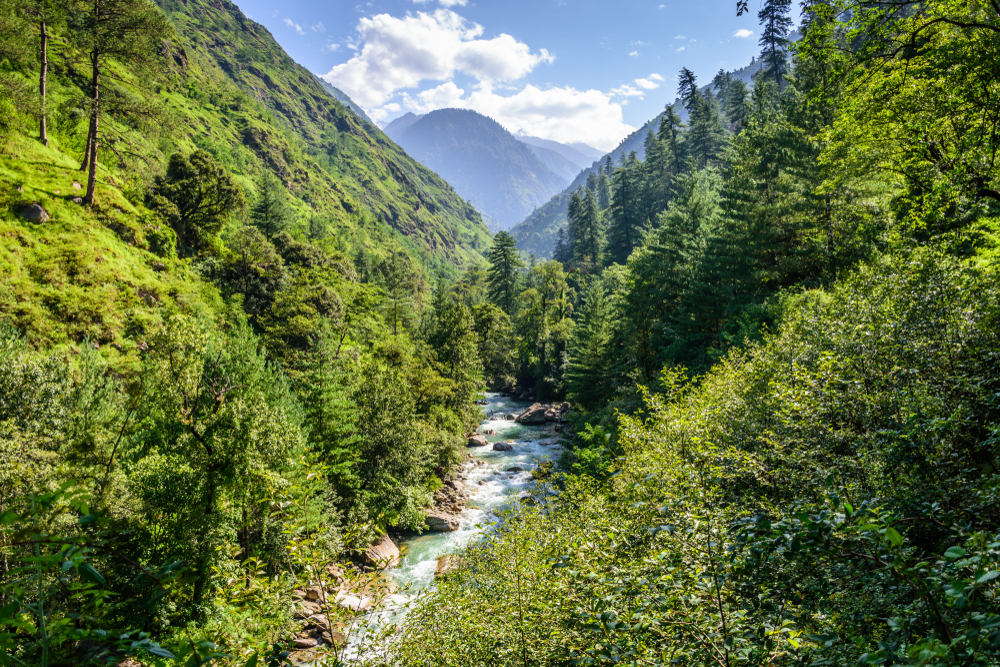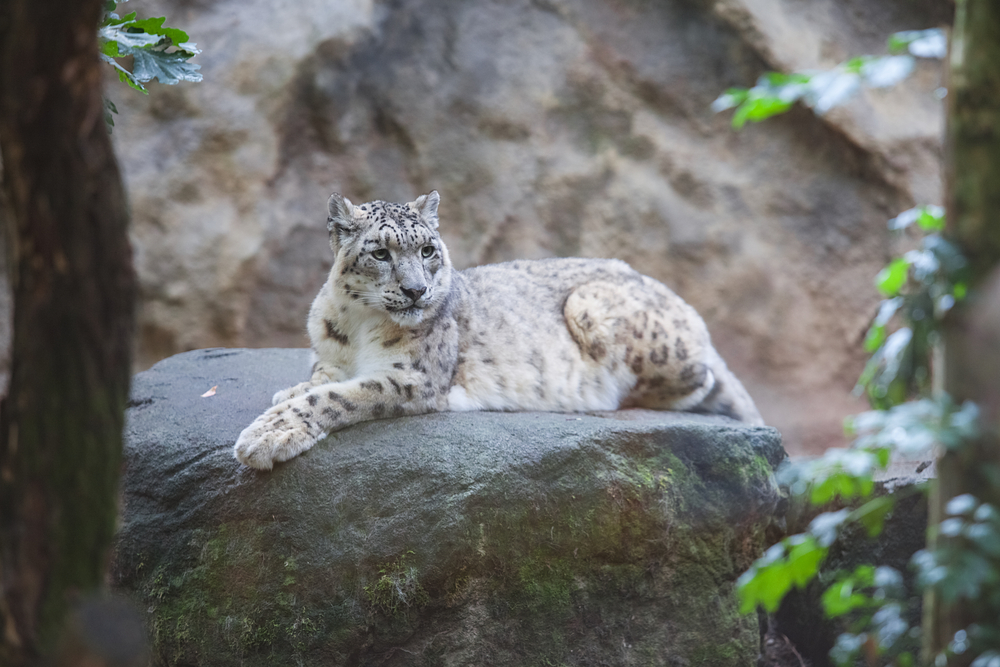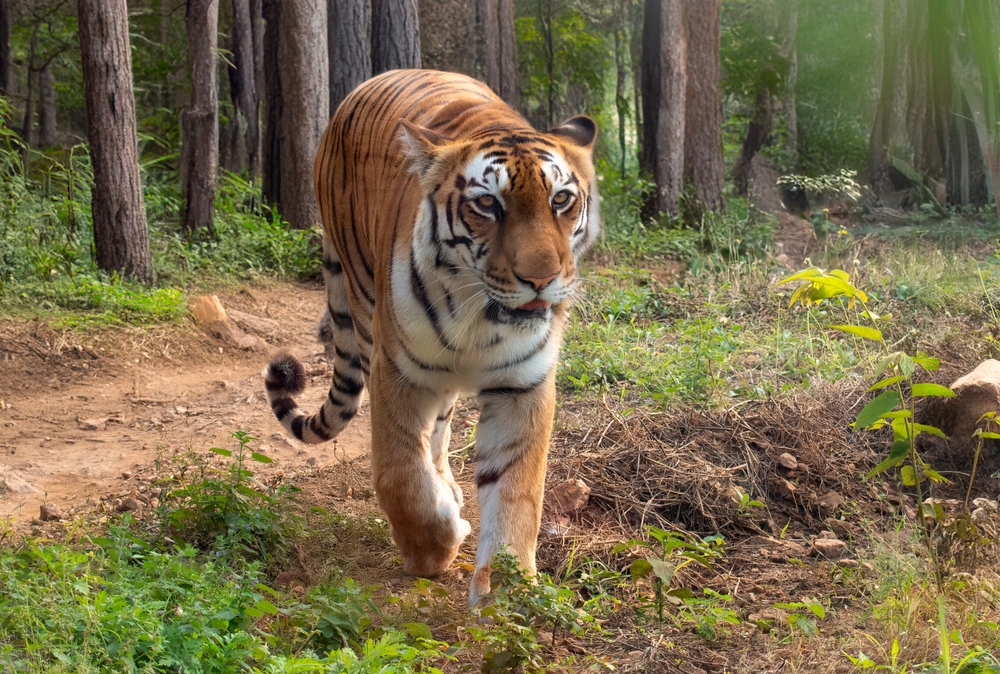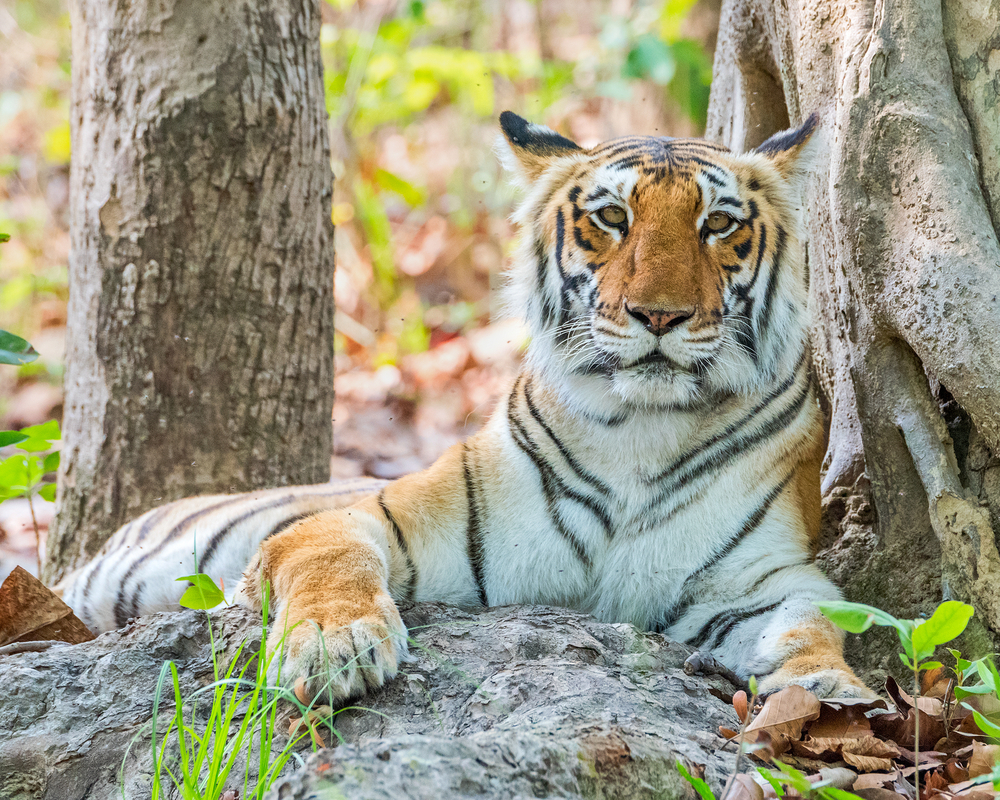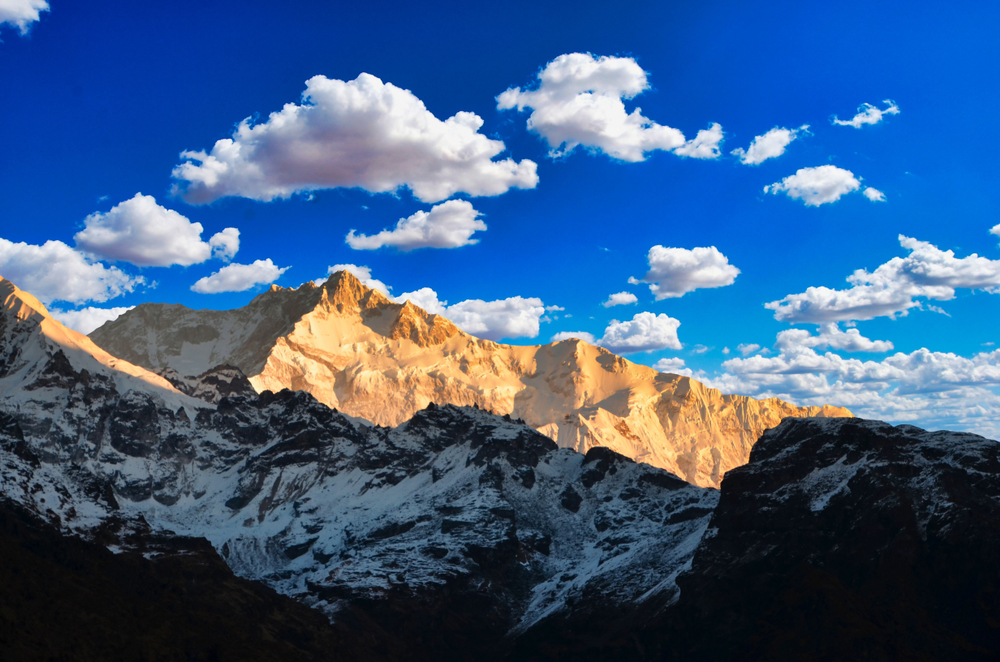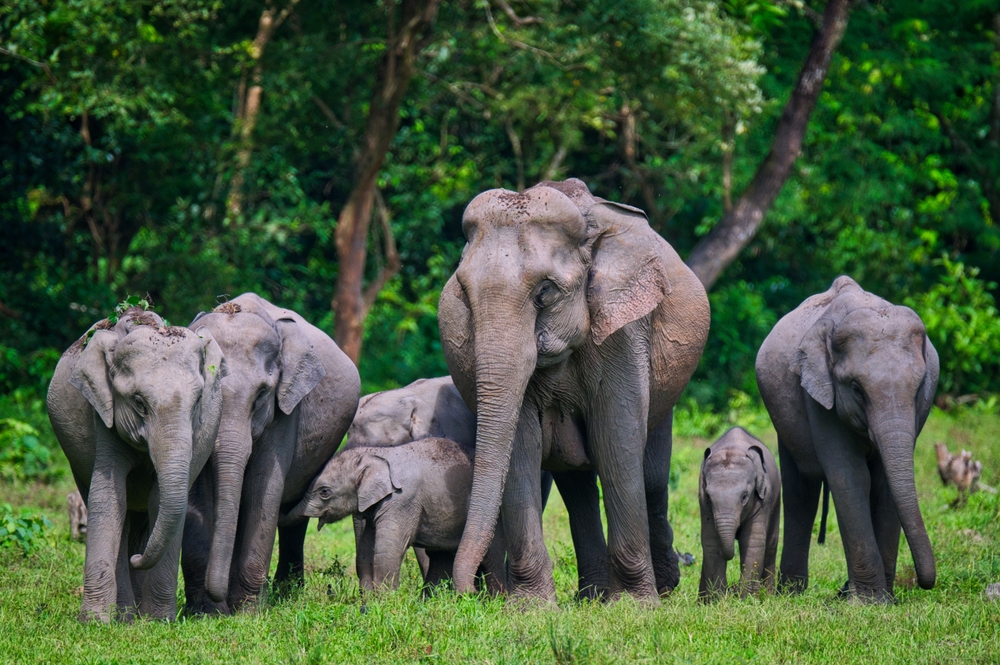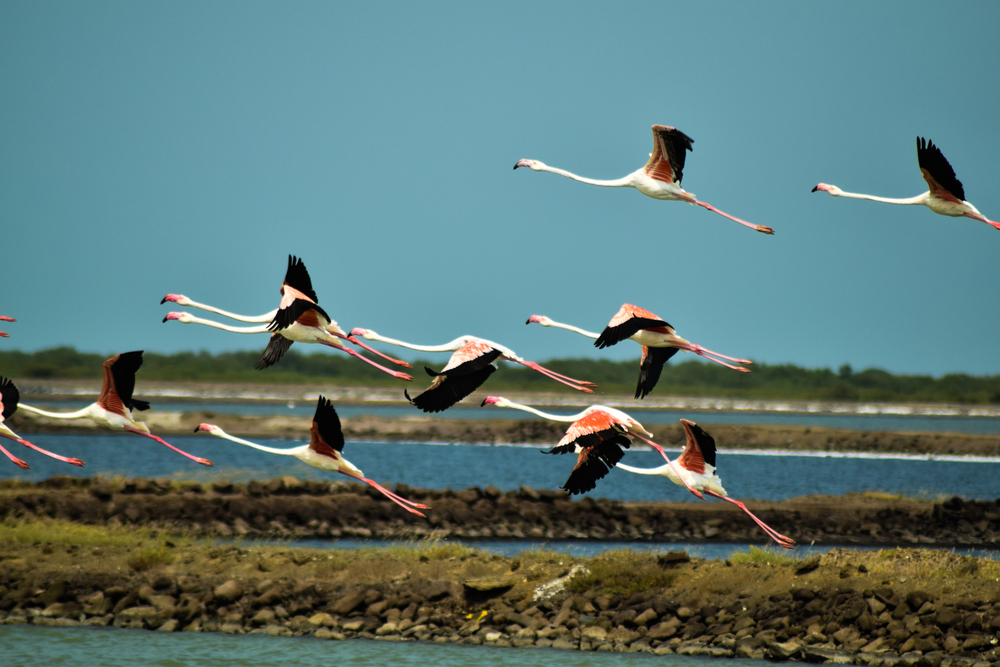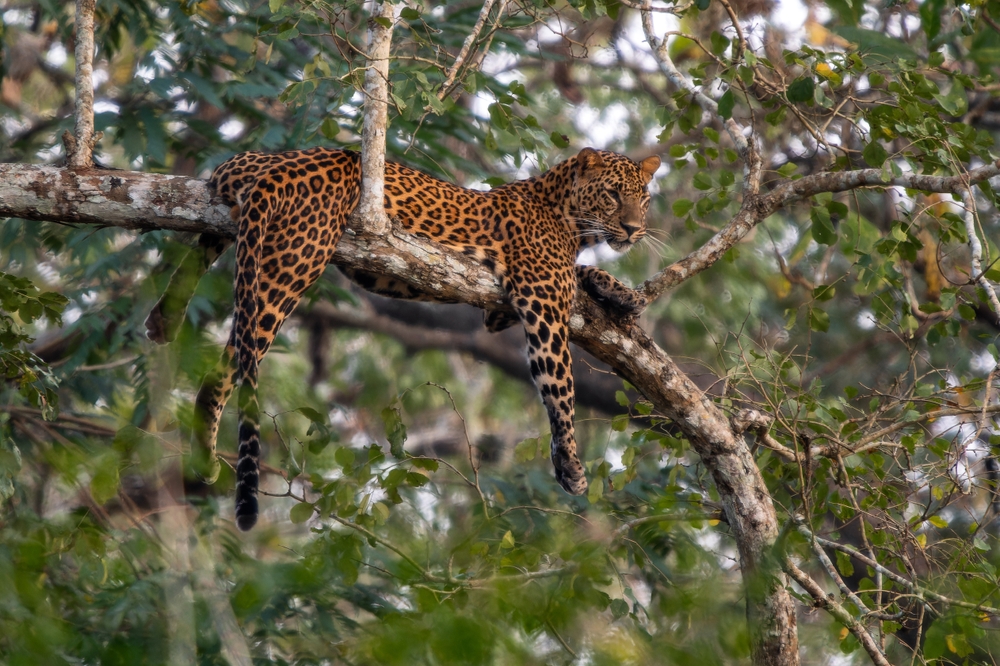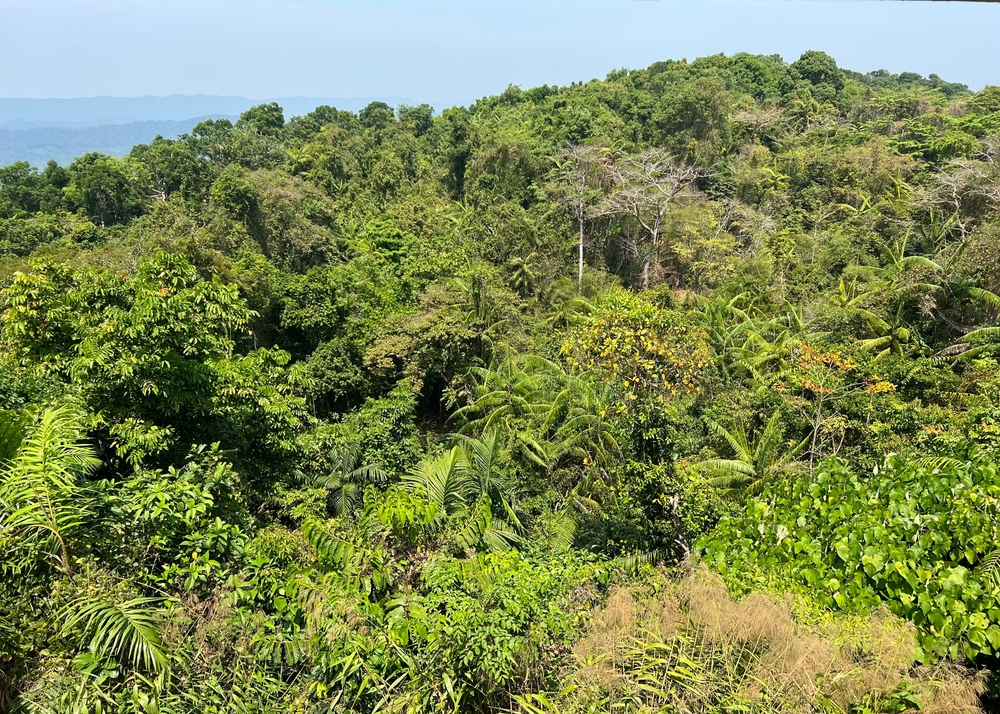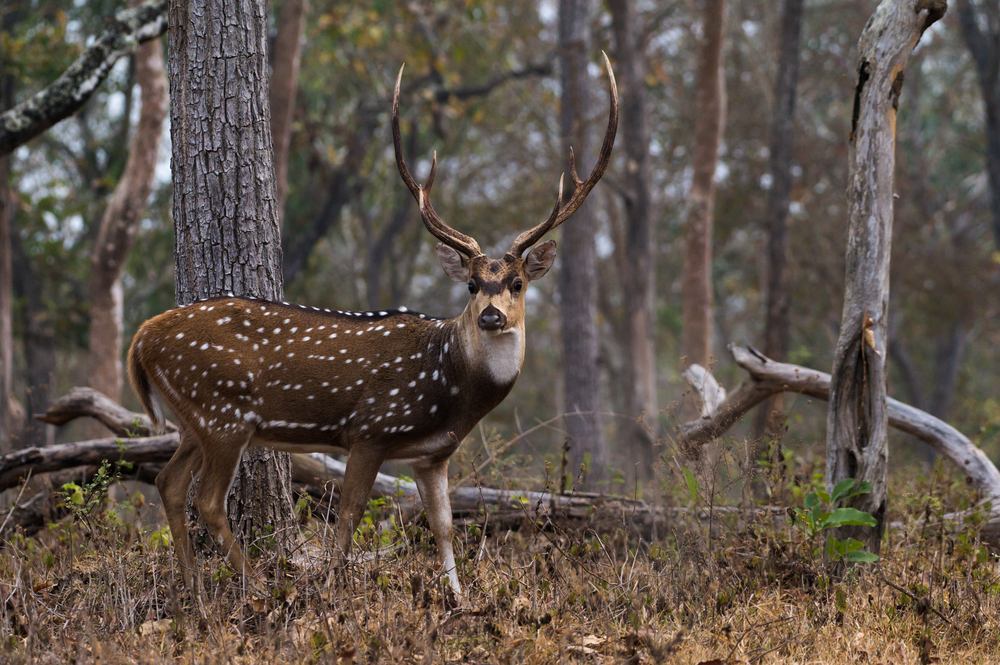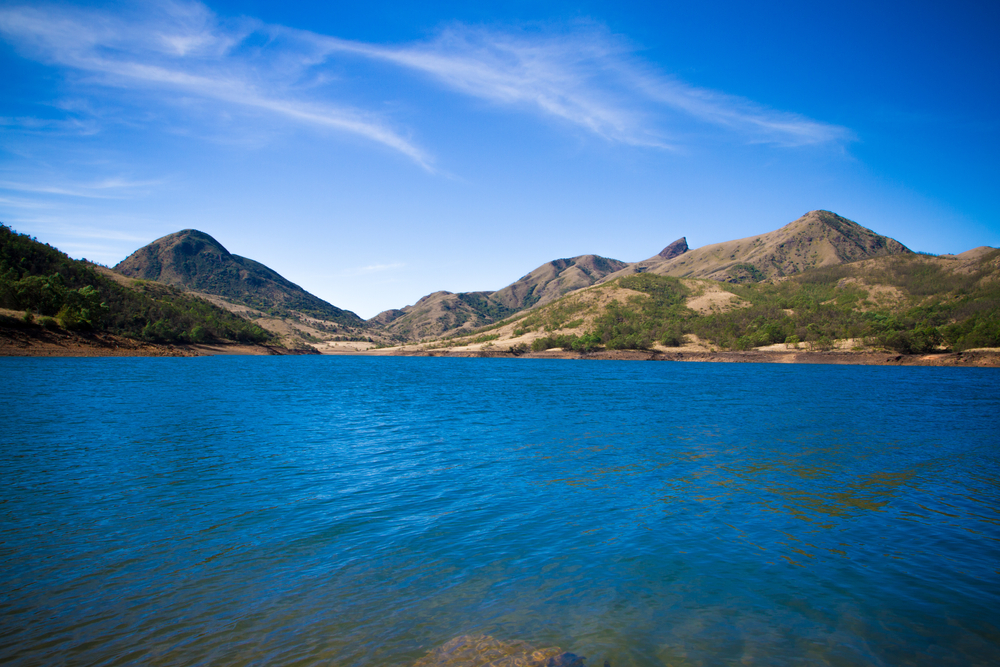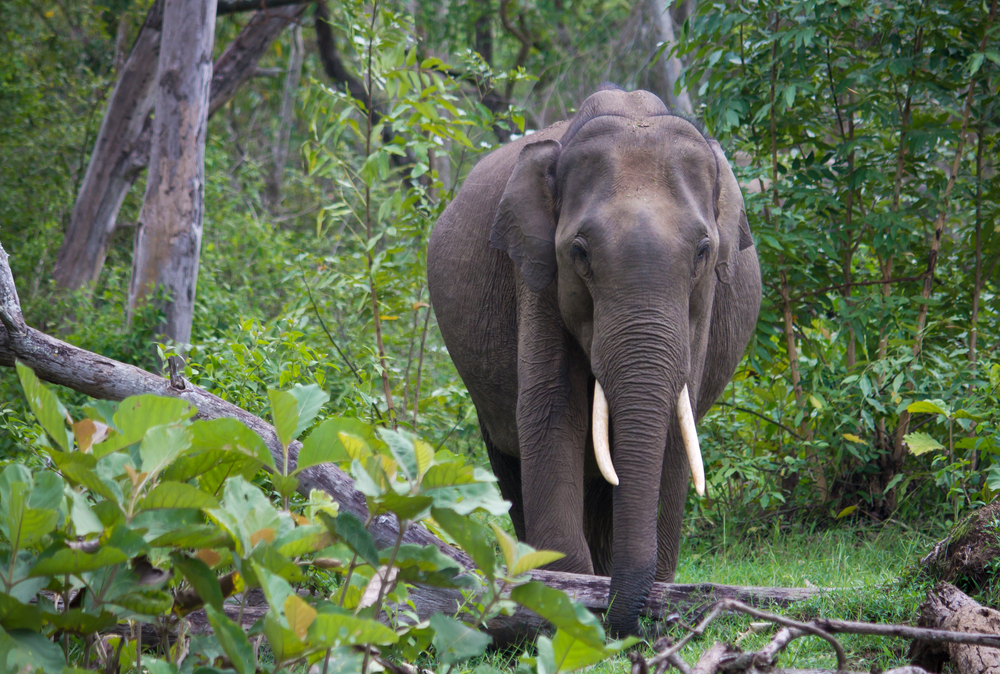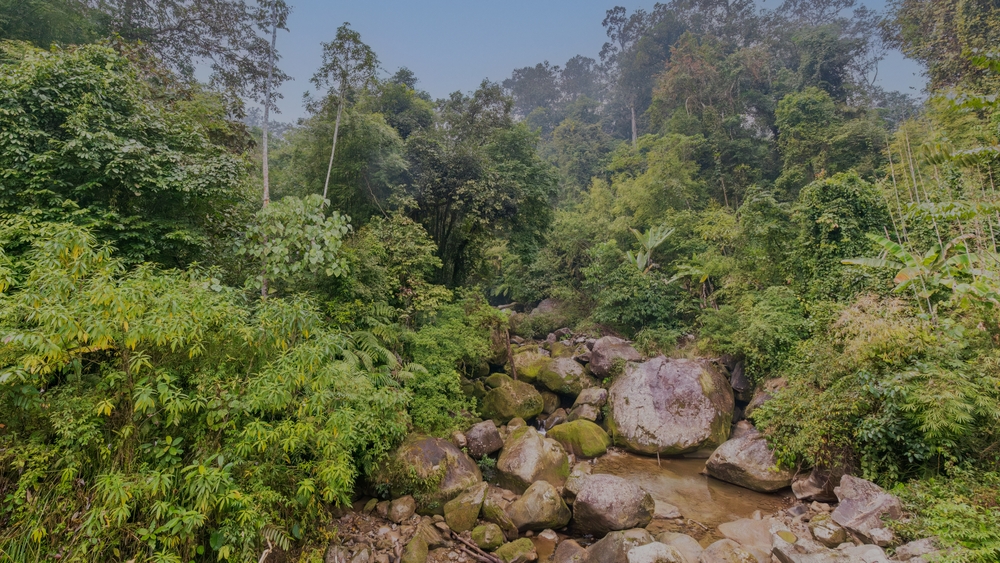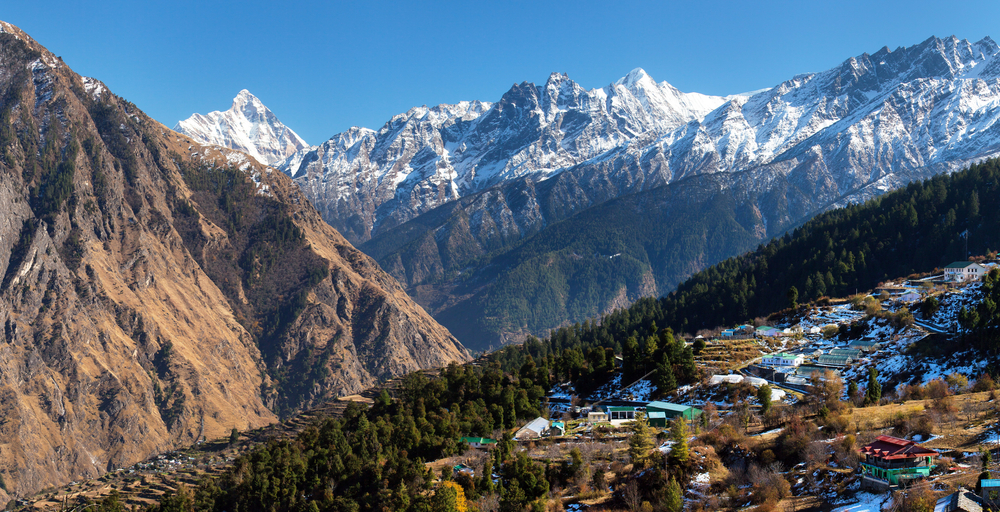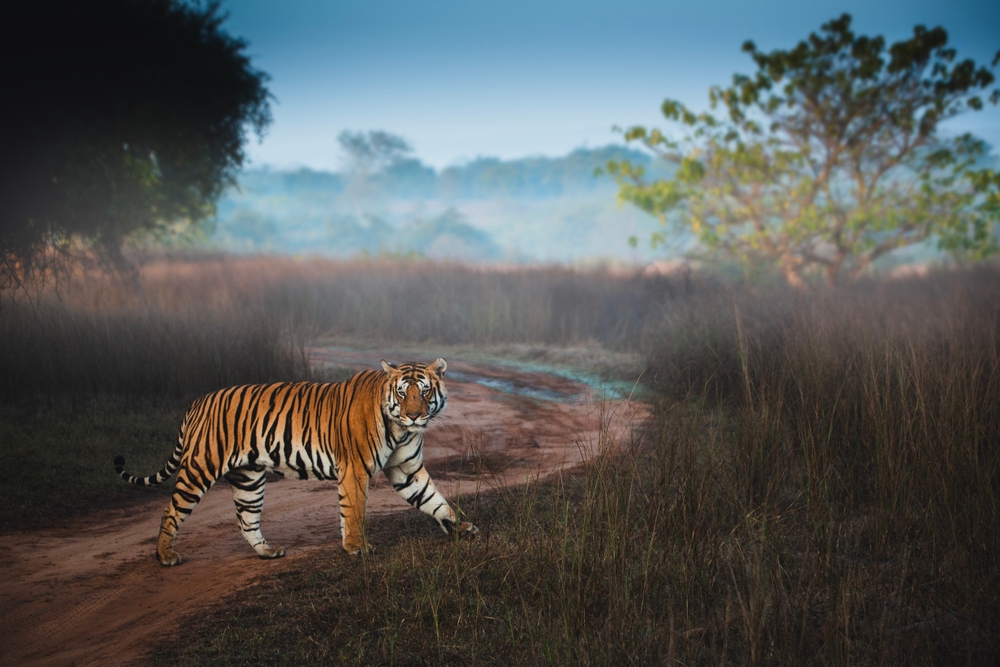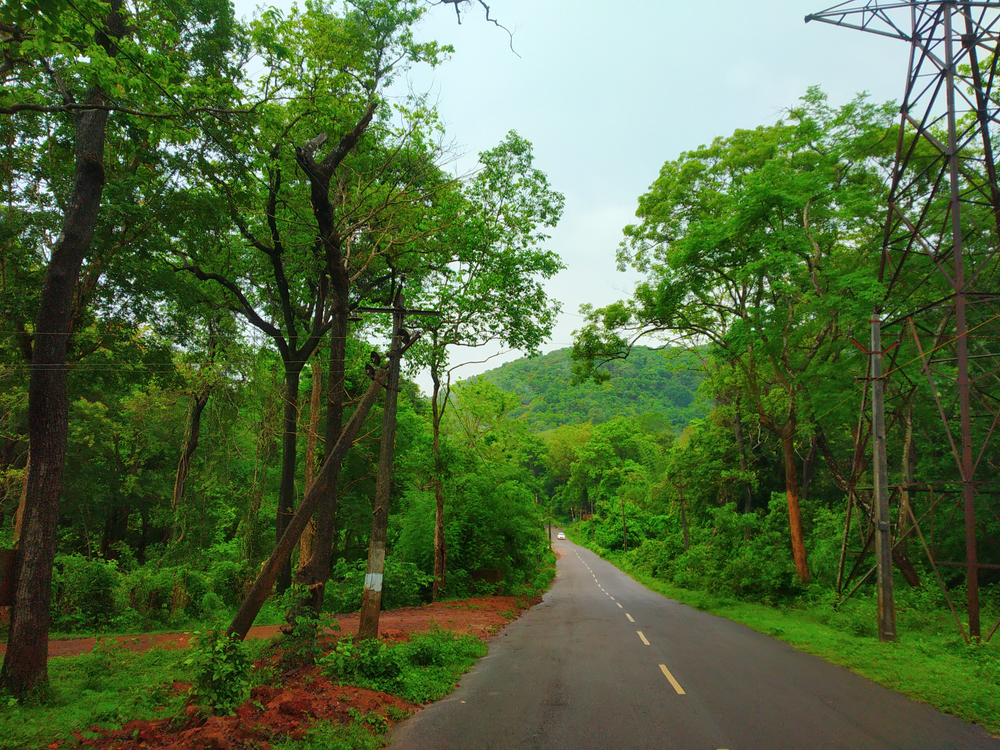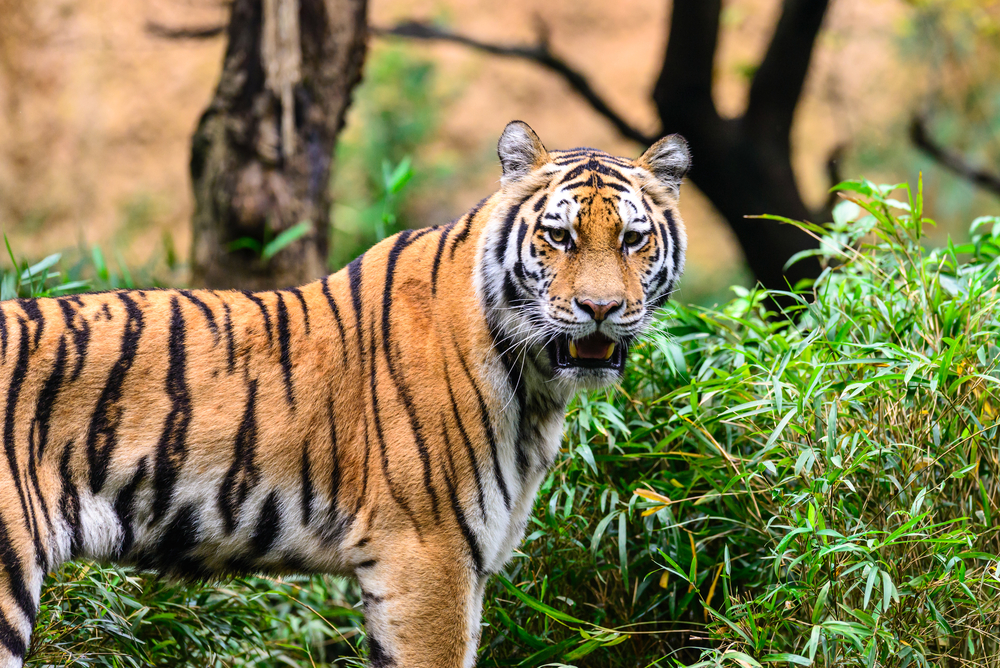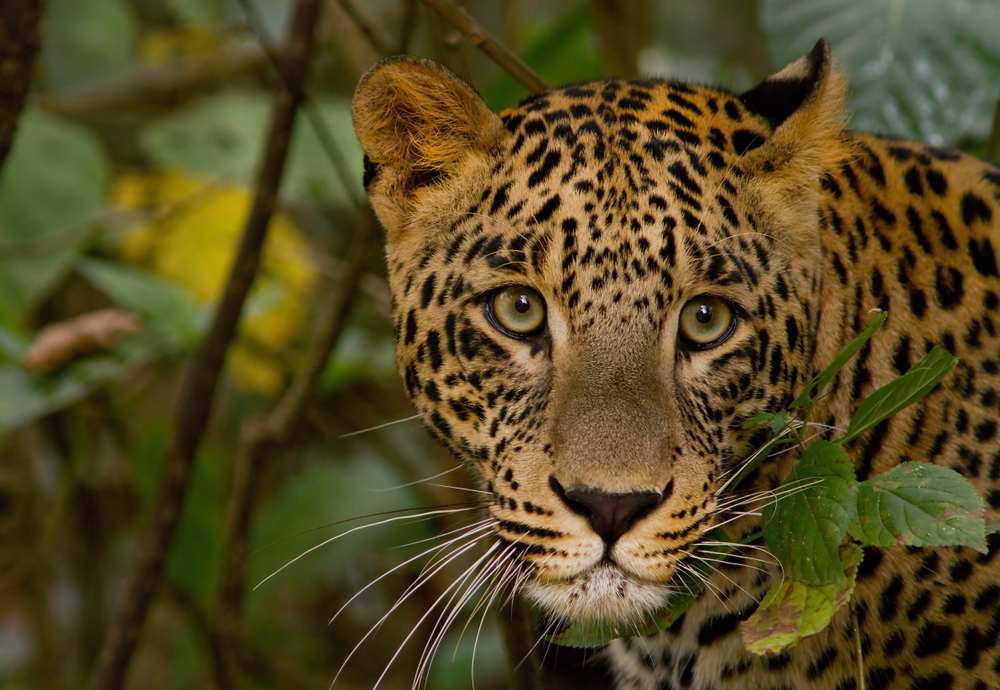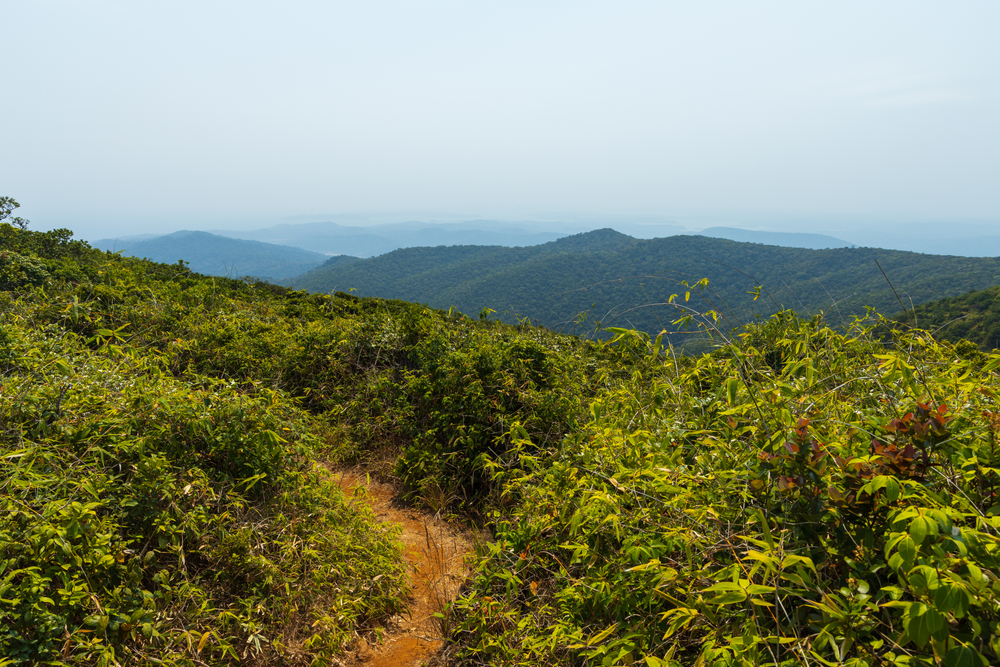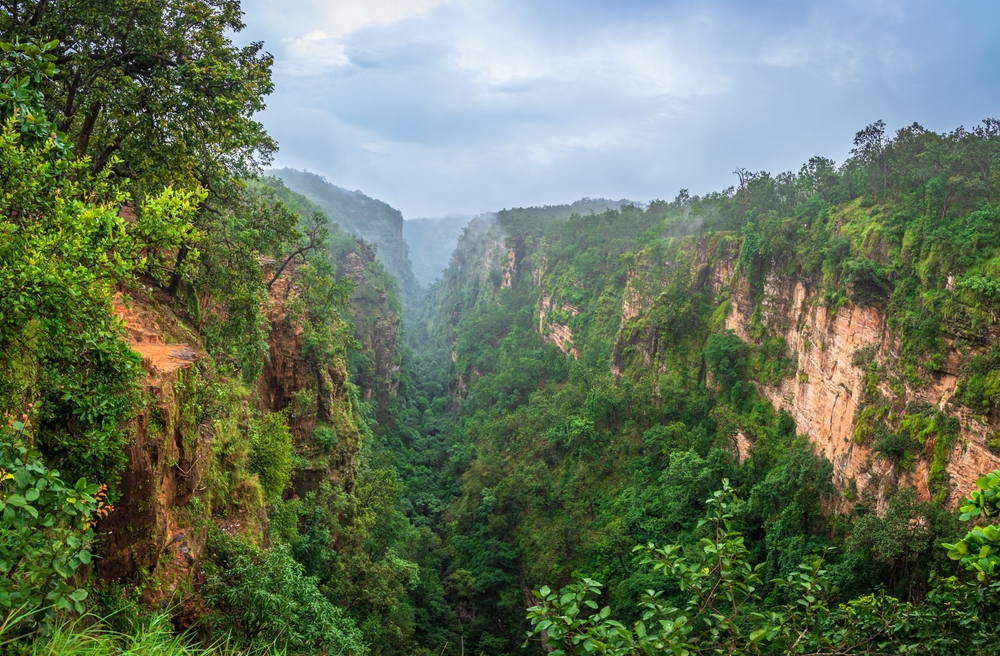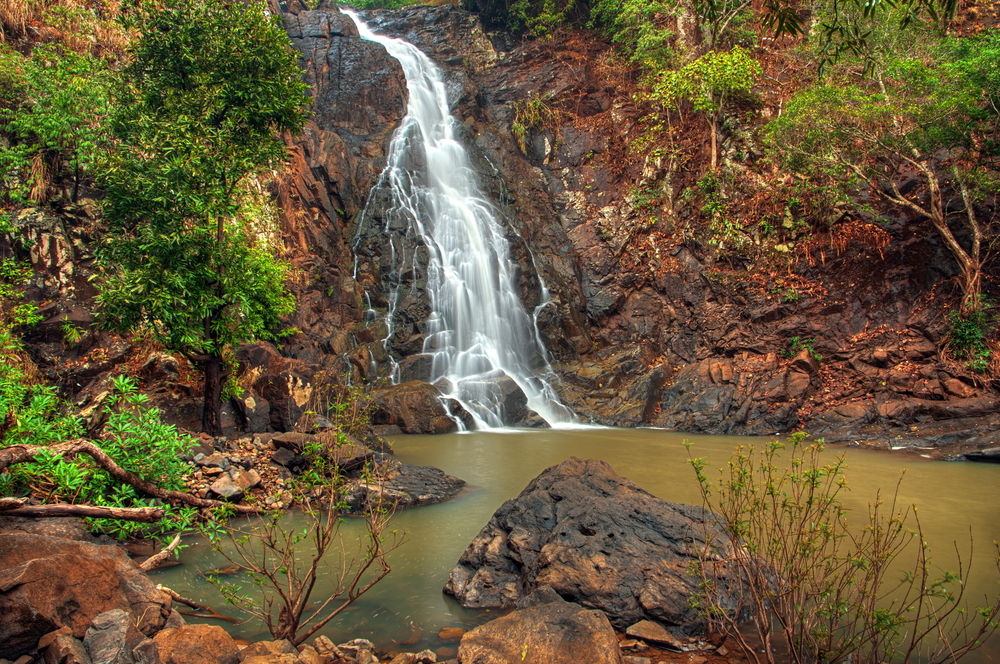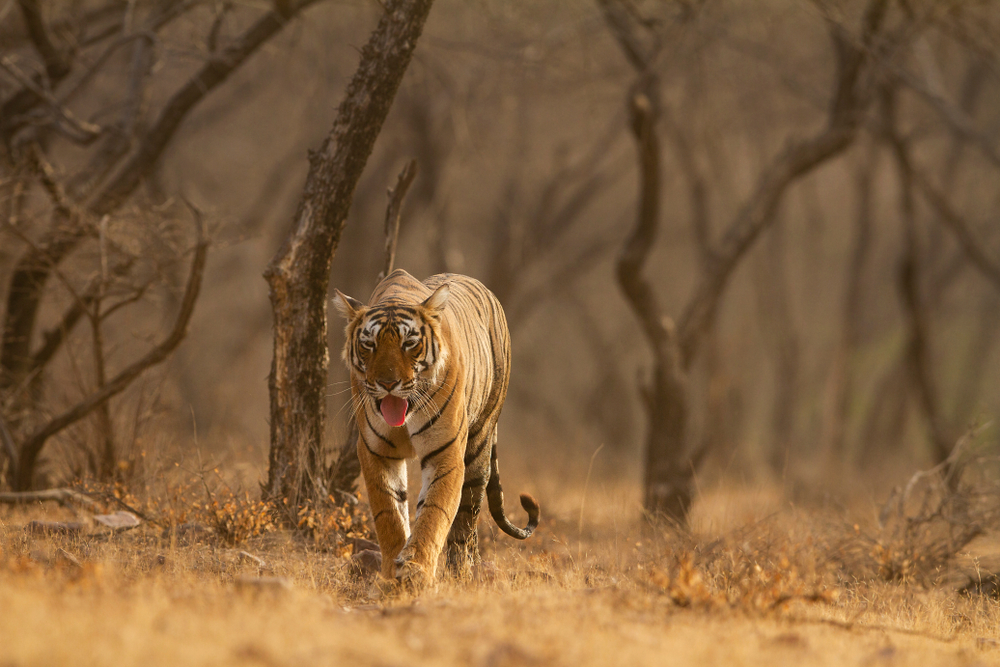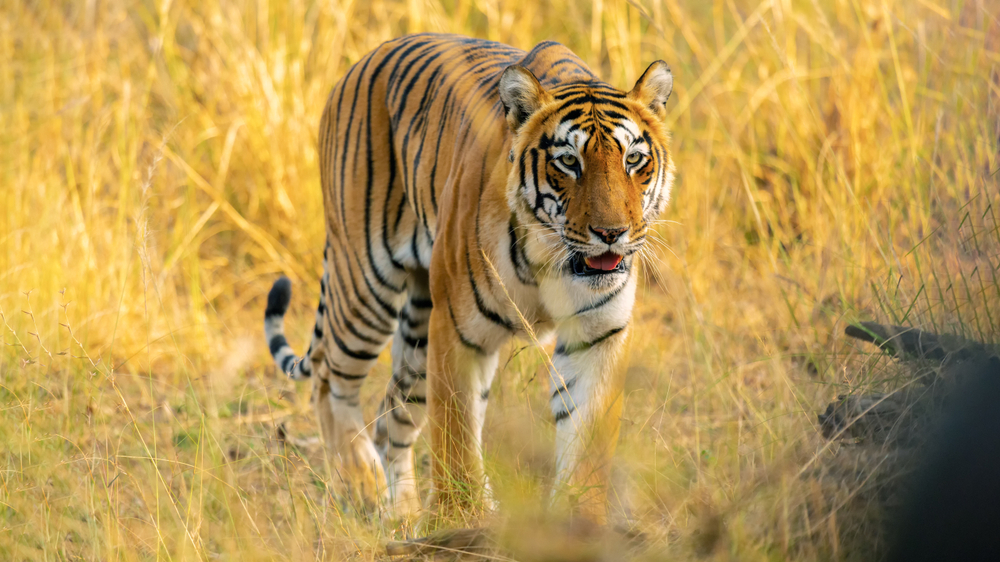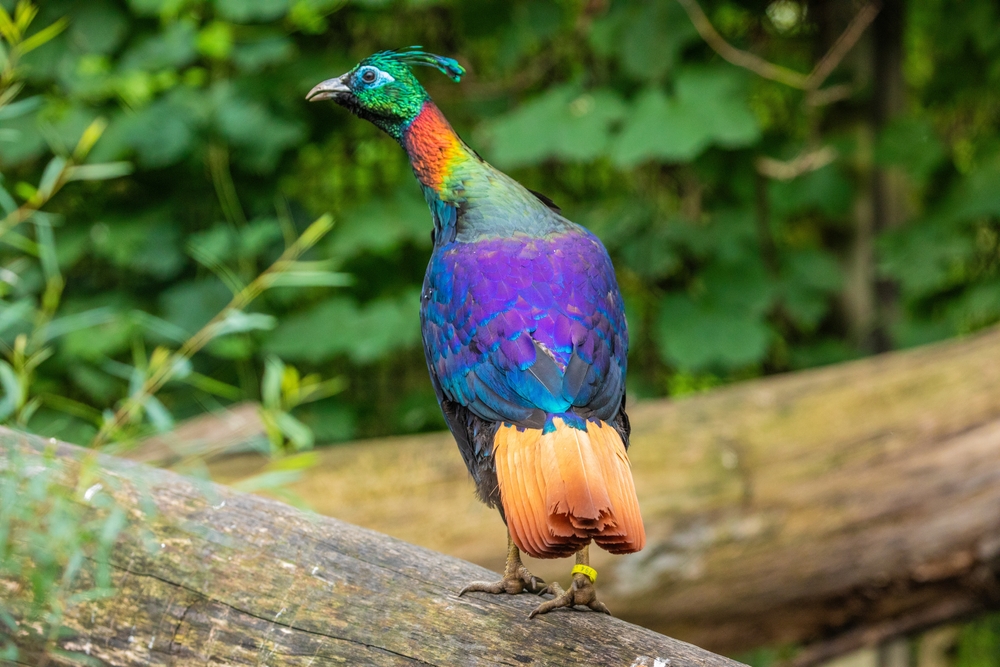India is home to a remarkable network of national parks, showcasing its rich ecological diversity and incredible natural heritage. The country boasts 106 officially recognized national parks, covering approximately 1.41% of its total geographical area. These parks protect a wide array of ecosystems, ranging from the snow-clad peaks of the Himalayas to the lush tropical rainforests of the Western Ghats, the arid deserts of Rajasthan, and the vast grasslands of the Gangetic Plains. This diversity makes India one of the most biodiverse regions in the world, harboring numerous rare and endangered species of flora and fauna.
Among the most celebrated national parks in India is Jim Corbett National Park in Uttarakhand, the first national park established in Asia in 1936. Nestled in the Himalayan foothills, it is renowned for its dense forests, grassy meadows, and abundant wildlife, particularly the majestic Bengal tiger. Corbett is also an important site for ecotourism, offering jeep safaris and birdwatching opportunities that attract visitors from across the globe.
Kaziranga National Park in Assam is another crown jewel of India’s conservation efforts. A UNESCO World Heritage Site, it is famous for its thriving population of the one-horned rhinoceros, a species that was on the brink of extinction in the early 20th century. The park’s floodplains, created by the Brahmaputra River, provide a haven for elephants, swamp deer, and numerous bird species, making it a paradise for wildlife enthusiasts.
Moving to central India, Kanha National Park in Madhya Pradesh is often associated with Rudyard Kipling’s “The Jungle Book.” Its sprawling sal forests and open meadows are home to the Barasingha, or swamp deer, which has been successfully conserved after being on the edge of extinction. Kanha also supports a significant population of tigers, leopards, and wild dogs, contributing to its reputation as one of the best-managed parks in the country.
In the southwestern state of Kerala lies Periyar National Park, a splendid example of biodiversity within the Western Ghats. Centered around the Periyar Lake, this park is famous for its large elephant herds, tigers, and rich plant diversity. Visitors often enjoy bamboo rafting and guided nature walks, making it an ecotourism hotspot.
Finally, Ranthambore National Park in Rajasthan is renowned for its picturesque ruins and fortifications scattered amidst its rugged terrain. It is one of the best places in India to spot tigers in their natural habitat, alongside leopards, sloth bears, and a variety of bird species.
India’s national parks face numerous conservation challenges, including habitat destruction, human-wildlife conflict, and poaching. However, initiatives such as Project Tiger and Project Elephant, alongside community engagement in conservation, have led to significant successes in reviving species populations and promoting sustainable tourism.










































































